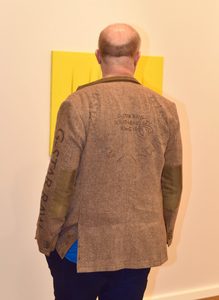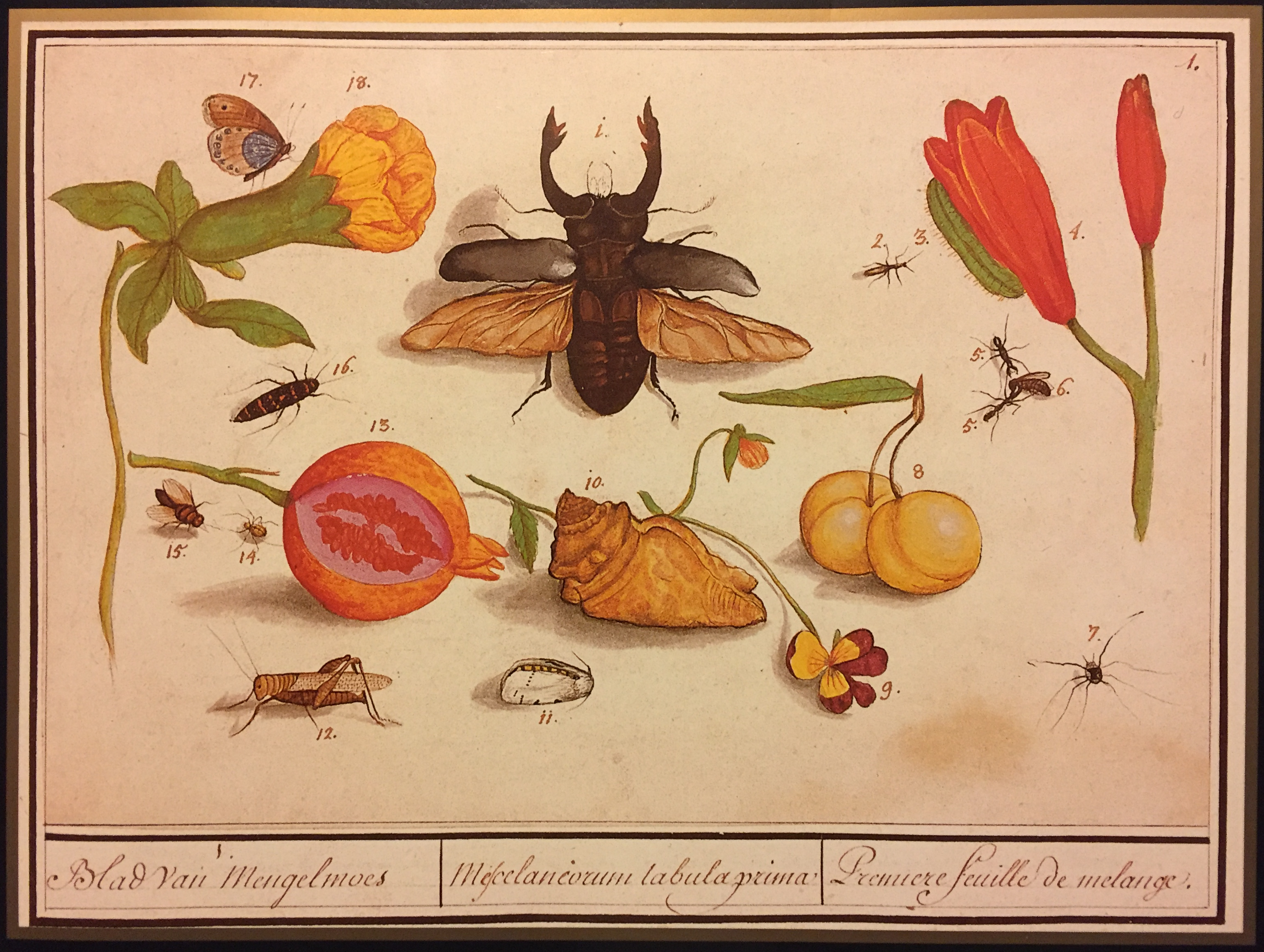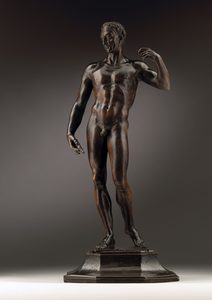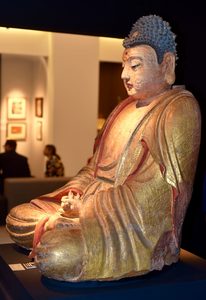TEFAF, 10-19 March, 2017, Maastricht
Art fairs are essential for the dealers. This is where nowadays most of the networking with clients, colleagues and museum curators is done. It is also the best place for the art tourist with a limited budget to find out what he/she can afford, never-in-million-years afford or what will just have to remain a dream.
What I love about an event like the European Fine Art Fair (Tefaf), which has been held in Maastricht since 1988, is that you don’t have to feel intimidated by the location or the price tags. In London, Paris, New York and Munich the shop fronts of some of the most respectable art dealers can seem forbidding. It starts with the fact that you often will have to ring a doorbell to get buzzed in. If it is a jeweler you are visiting, you will be let in by a security guard with three months of try-to-look-bored-training. The worst thing that can happen is that you upon entering realise that you are the only visitor in the gallery. The girl in attendance, and it always seems to be a young woman, starts tapping away at double speed on her Poweri Macbook, with a look of ‘can’t-you see-I’m-busy’ or just total nonchalance. She will barely acknowledge you ( a skill which takes three months to master) and wouldn’t dream of starting a conversation. She can spot a mile off that you are not going to be a client.

This sort of learned behaviour you will not come across at a fair where you can just glide in and out of the stands of some of the most haughty antique dealers. You can act that you are a potential client and remain in the driver’s seat.
For the dealer there is a risk of ‘fair-tigue’, because nowadays to be taken seriously you have to participate in at least 3 or 4 major shows every year. The street level gallery space and home base has this century diminished in significance. You can’t do without it, but it doesn’t really attract new clients. There is also the digital platform which can be very valuable, but clients who buy artworks worth more than £100.000 will always want to see and feel the object.
This is another reason why a fair is ideal for visitors with minimal funds. You get to stand very close to an object, you could even study it with magnifying glasses. You can touch it or in some cases hold it (if you ask very nicely and pretend that you are interested in buying it). You can’t do any of that in a museum. So, work on your acting skills.
Speaking of museums. Curators and directors from some of the most well-known ones always try to find time to visit Tefaf and they come with intention to purchase. This is the last weekend of the fair and a number of important sales have been agreed. Quite a few museums from across the globe have been busy buying, but the Rijksmuseum profited from a private collector . He acquired the gloriously illustrated 12-volume series of books entitled Historia Naturalis which were created for Emperor Rudolph II of Habsburg. The generous collector has agreed a long-term loan of the work to the Rijksmuseum.

Tomasso Brothers Fine Art sold an unique sculpture by the Mannerist artist Giambologna (1529-1608) to an European collector. The statuette was re-discovered 40 years ago and is the earliest recorded work by the Florentine sculptor and the only one carved in wood. It depicts the great general and politician Julius Caesar in a classical position and nude, which wasn’t uncommon in Roman days. The asking price was €1,5 million.

The TEFAF Global Art Market Report is always eagerly anticipated and it is one of only a very few reports that in the past have provided, what seemed like, reliable figures on the dealer sales and the auction market.
In previous years Clare McAndrew has conducted the survey and provided the statistics. But Clare now works for Art Basel and Rachel Pownall , who is a Professor of Finance at the University in Maastricht, has stepped into her role. She immediately introduced a new methodology which shaved off some $ 19 billion dollar from the value of the art market. Suddenly the total sales value went from $ 63.8 in 2015 to $45 billion this year! Yes, everybody knows that there have been some destabilising political factors over the past year, but this massive loss (if it is that?) seems odd, to say the least.
There could be several reasons for this rather dramatic re-evaluation. Pownall’s estimation is based on data from government statistics and the United Nations, as well as auction and sales data. But out of the 7000 dealers worldwide Pownall approached with a survey, only 350 responded. The auction houses were much more helpful providing figures for private sales as well. The problem is that art dealers are notoriously opaque with supplying any information on sales.

Guatamalan school, 18th century
Without going into the details about Pownall’s methodology, her report also concluded that the art gallery dealers and private sales now account for 62.5% of total global art sales, which would mean an increase for this sector of almost 20% compared to the previous year.( Last year Clare McAndrew stated that private sales and auction sales each constituted about 50% of the total).
Pownall also thinks that a lot of the wealth, when it comes to art purchases, is still in Europe, despite all the hype about the strength of China and the fact that the USA remains the biggest art market in the world. The UK is still the biggest art market in Europe and the third largest in the world. The fall in the value of the pound after the EU referendum in June has benefited many dealers in London. Old Master paintings and antiques have become popular with Asian clients and the weaker pound has almost certainly helped.

The real growth market now seems to be online sales and many of the respondents reported increasing business through online platforms and their own websites. But smaller galleries still have a tough time. The major ones seem to reap the real benefits.
Meanwhile we have very recently seen major auctions at both Sotheby’s and Christie’s achieve several new records for contemporary artists. Therefore 2017 looks quite promising despite the fact that the real fallout from Brexit is still unknown. The economic outlook for the US is quite rosy, but Trump’s erratic behaviour and bizarre tweeting could still cause all kinds of unwelcome surprises.
With hindsight I note that the two blogs on this year’s Tefaf don’t mention design but this is not a deliberate omission. I promise to concentrate on that sector a bit more next time. This is such a versatile fair and it is easy to overlook major works, but I did notice this year a serious lack of photography. Could it be that photography simply doesn’t sell like it used to, because it is so difficult to control the amount of editions of a photograph. Then a woodcut of a photograph (see blog below) is a much more attractive idea.
Next year’s TEFAF will be held March 9-18, 2018
